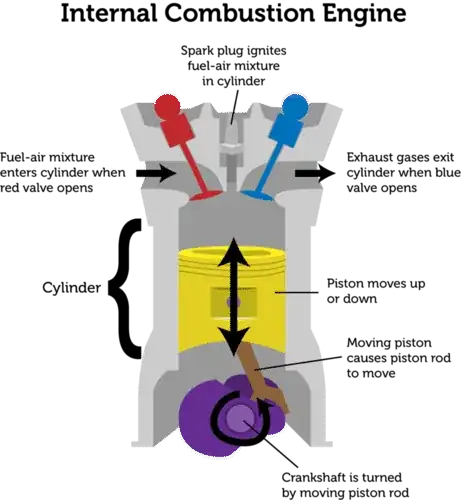For example consider that I am driving a car with a mass of $200$ kg moving at $10$ m/s relative to an outside observer, with an assumed constant opposing friction of $50$ N, for simplicity (it won't make much of a difference in my main point). I then press the pedal to exert a force of $100$ N for 2 seconds. After using $F=ma$ and $s = ut+(1/2)at^2$, the distance traveled within these $2$ seconds can be calculated as $20.5$ m. So the work done would be:
$$W = F d$$
$$W = 100 \times20.5 = 2050 J$$
If I applied the same force for the same time if the car was not moving at first, it would result in a much smaller value for work done because the distance covered would be less. To be exact it would be:
$$W = 100 \times 0.5 = 50 J$$
In both cases I'm pressing the pedal the same way, for the same duration, so the amount of chemical energy converted from fuel is the same. But then how is there such a big difference in the change in kinetic energy depending on the speed? The first result is 41 times the second result. That would mean that if the kinetic energy calculated were equal to the chemical energy ignited from the fuel, going from 10m/s to 10.5m/s would require 41 times more fuel than going from 0 to 0.5m/s. This is considering there is no energy loss, but even if there were, the energy loss wouldn't even be close to the same degree as calculated, and the values would still be proportional. There is no increase in potential energy as well. But the law of conservation of energy has to be true. To elaborate further, if W =Fd were converted to a function of force and time it would become:
$$W = Fut + F^2t^2/2m$$
Where u is initial velocity, which is frame dependent. This shows that according to the equation, W will change with the initial velocity and the frame of reference, is a quadratic function of force and time, and strangely, inversely related to the mass. The contradiction here is that this implies the same amount of fuel will appear to have different energies depending on the frame
I would also like to point out that the equation for kinetic energy is derived from the equation for work done. So then does the equation for work done and kinetic energy have problems/limitations? Should work done be rather represented as a function of force and time and modified further?
Update: This might be like answering my own question here, but in the equation for W that I have derived, only the first half is velocity and frame dependent. If that part is removed then W becomes independent of frame, so one of the contradictions goes away.
So it would be:
$$W = F^2t^2/2m $$
This equation reduces to W=Fd at 0 initial velocity and if you derive kinetic energy from this formula, it still gives K.E. = 1/2mv^2, which probably means that the equation for K.E. is correct. Is this an appropriate solution?
